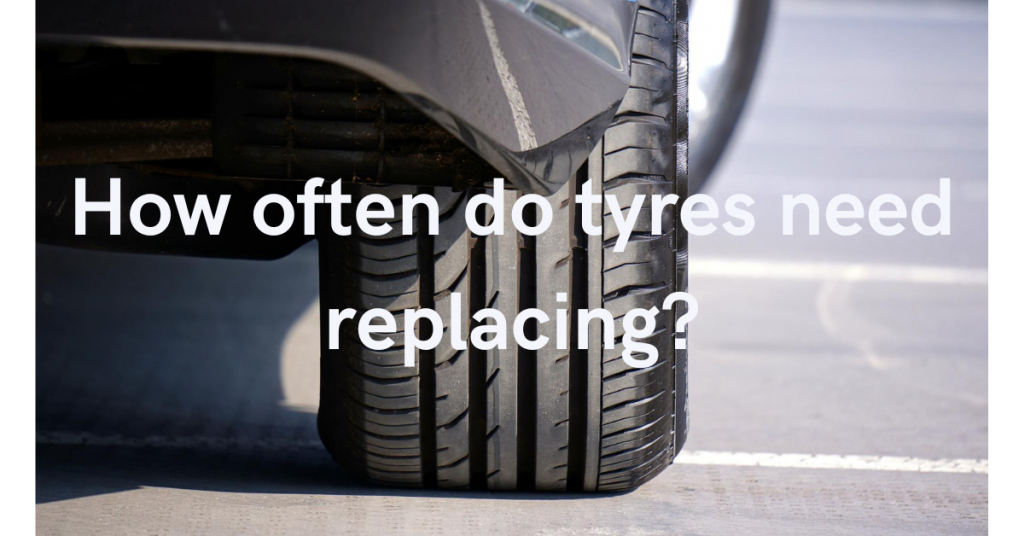Pneumatic tires are normally wheels with a metal rim and a rubber tire fitted on it. They are inflated with air or sometimes semi solid foam. Pneumatic tires are ideal for outdoor use because they absorb shock from rough and uneven terrain very well. They are also safe to use indoors where flooring is more delicate. This is the most basic answer to what are pneumatic tires, but we will be discussing the topic in more debt in this article.
Now there are numerous different types of pneumatic tires to choose from, and it is important to know which one to choose for the job, so it can be carried out easier, safer and faster.
Pneumatic Tire Use Cases
Pneumatic tires can be found in all kinds of industries like the motor industry, agricultural industry, airline, construction etc. These versatile tires can be found on cars, bicycles, forklifts, wheelbarrows, lawnmowers, wheelchairs and many more.
Pneumatic tires are great on most surfaces, and choosing the correct one depends on the load it would carry, the surface it will work on and any dangers the surface holds.
Maintaining the right tire pressure is also important, too low or too high pressure might damage the load or vehicle.
Types of Pneumatic Tires

There are three types of pneumatic tires; air-filled, foam filled and solid fill tires.
- Air filled tires are pressurized with air and provide the smoothest ride and are cheaper. If the terrain has lots of sharp objects lying around you will spend a lot of time fixing tires. Air filled tires are the most efficient type of tire and maximize speed. These tires have high maintenance compared to the solid tires.
- Foam filled tires are an alternative to this, they have a semi-solid filling. They are puncture proof and still maintain a smooth ride.
- Solid filled tires consist of solid layers of rubber around a metal frame, they are also called cushion tires. Puncture proof and very durable and they will last a long time although they are more expensive. Unfortunately they don’t provide a smooth ride and have less traction. These tires work best on smooth surfaces like warehouses or storage facilities. Examples of solid fill tires are airport vehicles, forklifts and platform trucks/trolleys.
Pneumatic Tire Pros and Cons

Positives to using Pneumatic tires:
- Easy on flooring; they are perfect for outdoor use, but what about indoors? The softer rubber the wheels consist of will protect delicate surfaces from scratching and dents.
- Reduce noise; these tires absorb the terrain very well with soft rubber wheel surfaces, filled with air. For these reasons they make very little noise and contribute to better working conditions.
- Good traction; the thread of these tires are of better quality and will cause less sliding on slippery surfaces. They are safer when working with loads, or with everyday use.
- Puncture proof; when you are working on dangerous terrain where there are many sharp objects, you can always take the option to use foam filled tires or the solid rubber tires. These tires can not deflate and save a lot of time and resources. Your ride will be less smooth though.
- Smoother ride; pneumatic tires are ideal for outdoor use, air filled with soft rubber surface and good traction will keep you safe. They are very good at absorbing the terrain you work on. Transporting delicate and expensive cargo over uneven, bumpy terrain is nerve racking, pneumatic tires is the safest option to work with.
Negatives to using Pneumatic tires:
- Monitoring air pressure; air filled tires are the main reason to insure the smoothest possible ride, but maintaining the right air pressure in the tires are essential to this smooth ride and to keep you and your load safe. Too low tire pressure could damage the tire and rim, make the drive sluggish and controlling the vehicle difficult. Too high tire pressure will make the ride hard and bouncy and reduce the ability of the tire to absorb the surface. It also makes it difficult to control.
- Two sides to the coin; air filled tires promote a smooth ride but means that it can be punctured. Spending a lot of time repairing tires is not cost effective. Luckily there are other options available that can counter that, but there may be some drawbacks like including a bumpier ride which might not be acceptable.
- Heavier tire; pneumatic tires replace quality with some weight gain to these tires. This results in more force needed to get it going, they have better traction, but might turn more difficult because of the increased friction regarding the surface.
Conclusion

The choice of tire to choose can be very overwhelming at first. All the specific types of pneumatic tires has its pros and cons. The tire industry is a big one and so many different types of pneumatic tires exist nowadays, including different types of premium tires..
There is a need for tires in basically all industries one way or the other. The type of pneumatic tire you will choose will depend on the kind of job you need it to do and under what conditions it needs to be done. Luckily there are enough types to consider in almost all situations whether it is air filled tires, foam filled or solid fill tires and chances are good your needs will be fulfilled.



